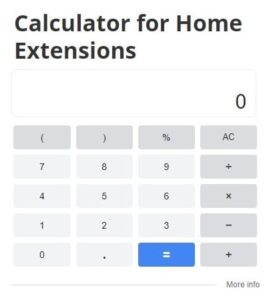
At Home Owners Association, we understand the importance of energy-efficient home improvements for both your wallet and the environment.
If you’re considering upgrades to your property, you’ll be pleased to know that there are significant tax breaks available for energy-efficient home improvements in Australia through the ATO.
These incentives can help offset the initial costs of your upgrades while providing long-term savings on your energy bills.
What Are Energy-Efficient Home Improvements?
Definition and Purpose
Energy-efficient home improvements refer to upgrades that reduce energy consumption and lower utility bills. These modifications transform homes into more environmentally friendly and cost-effective living spaces. The purpose of these improvements extends beyond mere energy savings; they enhance comfort, increase property value, and contribute to national efforts in combating climate change.
Common Energy-Efficient Upgrades
Solar Panel Installation
Solar panels stand out as one of the most popular energy-efficient improvements. Approximately 1.3 GW of rooftop solar photovoltaics (PV) was installed during the first half of 2024, as millions of Australians turn to solar to ease energy costs. This widespread adoption has resulted in significant energy savings and reduced carbon footprints across the country.
Insulation Enhancement
Improving insulation proves highly effective in energy conservation. The Australian Government’s YourHome initiative highlights that up to 40% of a home’s heating energy can escape through ceilings and walls. Proper insulation dramatically reduces energy needs for both heating and cooling, leading to substantial savings.
Energy-Efficient Appliances
Upgrading to energy-efficient appliances offers another smart approach to energy conservation. The Energy Rating website demonstrates that opting for a 5-star rated refrigerator can save up to $1,000 over the appliance’s lifetime compared to a 2-star model. This exemplifies how small changes can lead to significant long-term savings.
Benefits Beyond Financial Savings
The advantages of energy-efficient improvements stretch far beyond tax incentives and reduced utility bills. These upgrades significantly enhance home comfort levels. For instance, double-glazed windows not only minimize heat loss but also reduce outside noise, creating a more peaceful living environment.
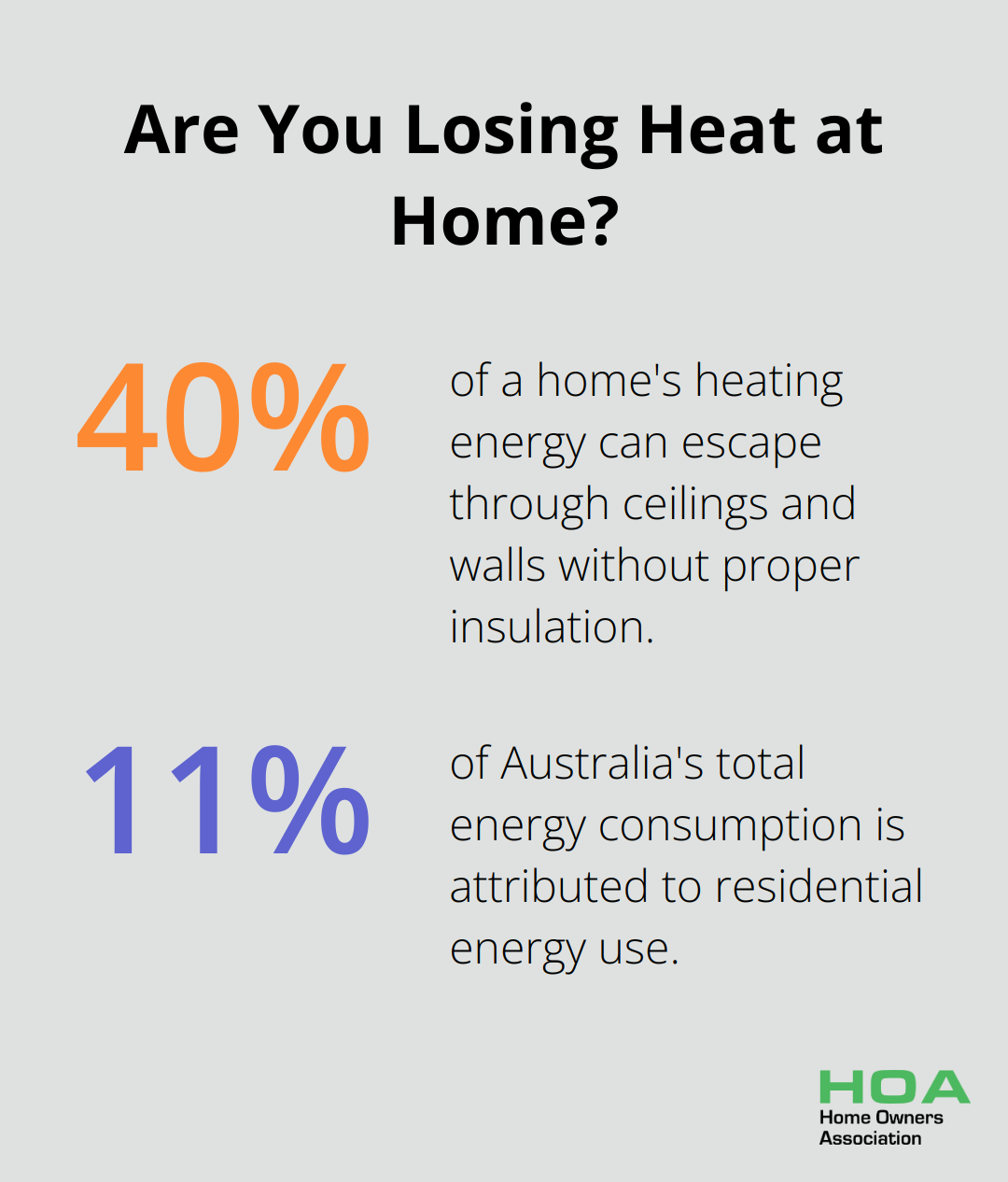
Energy-efficient homes also command higher resale values. Energy efficiency increases building property values and ease of selling. Evidence suggests that individuals and businesses are willing to pay a higher rent and purchase price for energy-efficient properties. This increase in property value adds a compelling financial incentive for homeowners considering these improvements.
Moreover, these upgrades play a crucial role in reducing Australia’s overall carbon emissions. The Department of Industry, Science, Energy and Resources states that residential energy use accounts for about 11% of Australia’s total energy consumption. Each energy-efficient home contributes to the national effort to combat climate change, making a tangible difference in Australia’s environmental footprint.
As we explore the various energy-efficient upgrades available, it’s important to understand how these improvements can translate into tangible financial benefits. In the next section, we’ll examine the specific tax breaks and incentives offered for implementing these energy-saving measures in your home.
How to Benefit from Energy-Efficient Tax Breaks in Australia
Federal Tax Incentives for Renewable Energy
The Australian government offers significant tax incentives for homeowners who invest in renewable energy systems. The Small-scale Renewable Energy Scheme (SRES) provides financial incentives for the installation of eligible small-scale renewable energy systems such as solar panels, wind turbines, and solar water heaters.
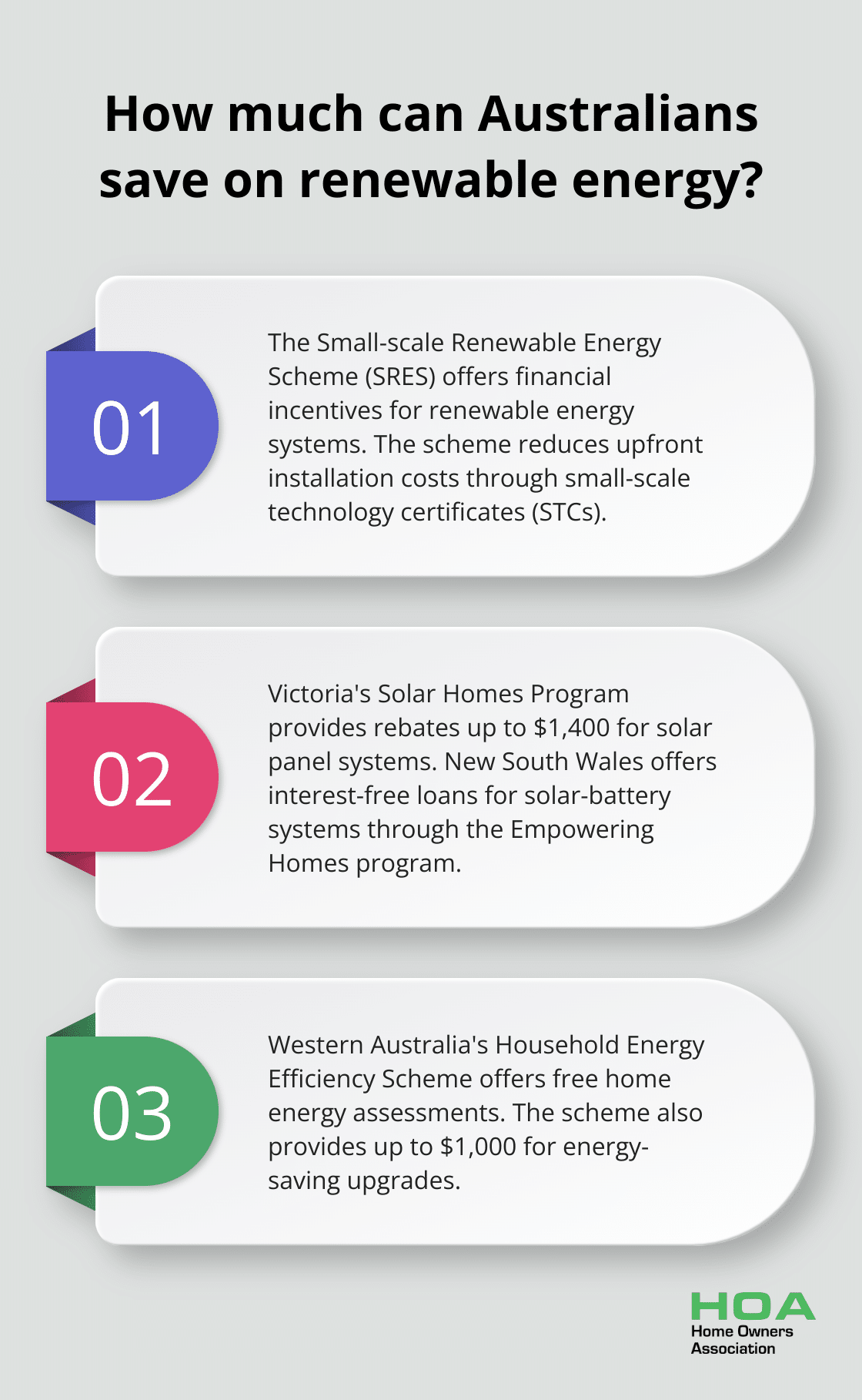
Under this scheme, eligible systems can earn small-scale technology certificates (STCs) based on how much electricity they generate or displace. Electricity retailers purchase these certificates, which effectively reduces the upfront cost of installation. The number of STCs you receive depends on your location, system size, and expected electricity generation.
State-Specific Rebates and Incentives
Many Australian states offer their own rebates and incentives for energy-efficient home improvements. These programs vary by state and change over time, so it’s important to check current offerings in your area.
Some examples include:
-
Victoria: The Solar Homes Program provides rebates of up to $1,400 for solar panel systems and up to $1,000 for solar hot water systems.
-
New South Wales: The Empowering Homes program offers interest-free loans for solar-battery systems.
-
Queensland: The Affordable Energy Plan includes rebates for energy-efficient appliances and interest-free loans for solar and battery systems.
-
Western Australia: The Household Energy Efficiency Scheme provides free home energy assessments and up to $1,000 for energy-saving upgrades.
Local Utility Company Programs
Many local utility companies across Australia offer their own incentives for energy-efficient upgrades. These can include discounts on energy-efficient appliances, rebates for solar installations, and free energy audits to help identify areas for improvement in your home.
For example:
-
Energy Australia offers discounts on smart thermostats and other energy-saving devices through their PowerResponse program.
-
AGL provides rewards for reducing energy usage during peak times through their Peak Energy Rewards program.
It’s advisable to contact your local utility provider to inquire about current promotions or rebates they may offer. These programs often combine with federal and state incentives to maximize savings.
Maximizing Your Benefits
To make the most of available tax breaks and incentives, try these strategies:
-
Research thoroughly: Investigate all available incentives in your area before starting any energy-efficient upgrades.
-
Combine incentives: Look for opportunities to stack federal, state, and local incentives for maximum savings.
-
Act quickly: Some incentives decrease over time or have limited availability, so timely action ensures you don’t miss out.
-
Consult professionals: Seek advice from energy efficiency experts or tax professionals to understand how these incentives apply to your specific situation.
-
Keep detailed records: Maintain documentation of all upgrades and associated costs for tax purposes.
The landscape of energy-efficient tax breaks in Australia offers numerous opportunities for homeowners to save money while contributing to a more sustainable future. As we move forward, it’s essential to understand how to document these improvements and work with tax professionals to ensure you receive all eligible benefits.
How to Maximize Your Tax Benefits for Energy-Efficient Home Improvements
Document Your Upgrades Meticulously
Proper documentation is essential for claiming tax benefits. Keep detailed records of all energy-efficient upgrades, including receipts, contracts, and manufacturer certifications. The Australian Taxation Office (ATO) may request these documents to verify your claims.
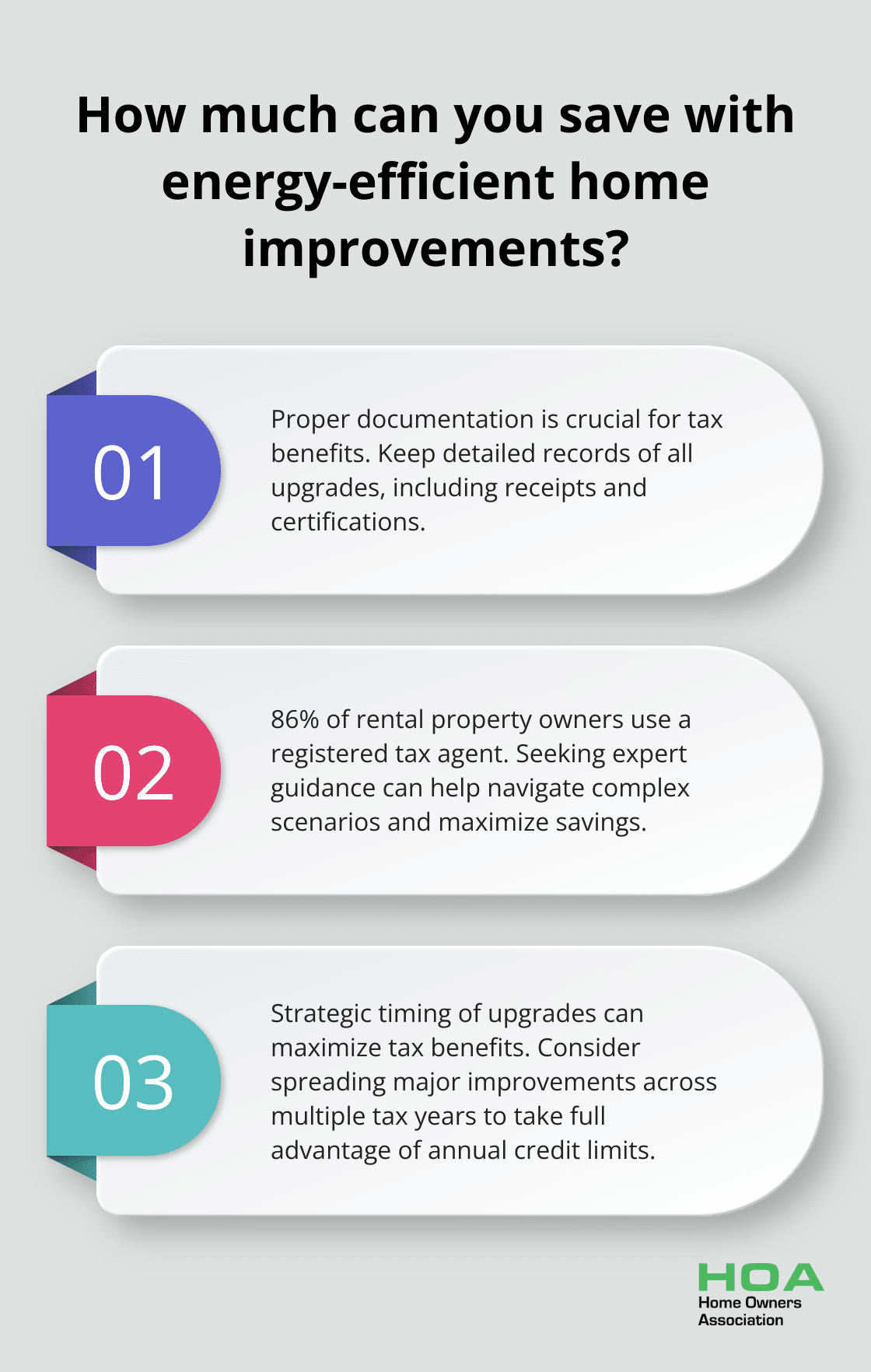
For solar panel installations, retain documentation showing the system’s capacity and installation date. This information is necessary for calculating Small-scale Technology Certificates (STCs) under the Small-scale Renewable Energy Scheme. An STC is equal to 1 megawatt hour (MWh) of renewable electricity generated or displaced by eligible systems, including solar PV and wind.
Take before and after photos of your improvements. These visual records can prove invaluable if questions arise about the nature or extent of your upgrades. Store all documents digitally and in hard copy for easy access come tax time.
Seek Expert Guidance
Consulting with a tax professional who specializes in energy-efficient home improvements can significantly boost your savings. These experts stay current with the latest tax laws and incentives, ensuring you don’t miss out on any benefits.
A tax professional can help you navigate complex scenarios, such as how energy-efficient upgrades affect your property’s depreciation schedule. They can also advise on the tax implications of combining federal, state, and local incentives.
According to the Tax Practitioners Board, the Australian Taxation Office (ATO) has found most rental property owners are making errors in their tax returns, despite 86 per cent using a registered tax agent. This underscores the importance of professional guidance, especially when claiming energy-efficiency tax benefits, as mistakes could lead to missed opportunities or even audits.
Time Your Upgrades Strategically
Strategic timing of your energy-efficient upgrades can maximize your tax benefits. Consider spreading major improvements across multiple tax years to take full advantage of annual credit limits. For instance, if you plan both solar panel installation and insulation upgrades, complete these in separate tax years to claim maximum credits for each project.
Be aware of deadlines for specific incentives. Some programs, like Victoria’s Solar Homes rebate, have limited spots available each year. Plan your upgrades to align with the release of these spots to ensure you don’t miss out.
Additionally, consider the seasonal timing of your upgrades. Install solar panels before summer or improve insulation before winter to maximize immediate energy savings and provide a full season of data to support your tax claims.
Combine Multiple Incentives
Try to stack federal, state, and local incentives for maximum savings. Research thoroughly all available incentives in your area before starting any energy-efficient upgrades. Look for opportunities to combine different programs (such as federal tax credits with state rebates) to amplify your benefits.
Some utility companies offer additional rebates or discounts for energy-efficient improvements. Contact your local provider to inquire about current promotions they may offer. These programs often combine with federal and state incentives to maximize savings.
Stay Informed About Policy Changes
Tax laws and incentive programs can change frequently. Stay informed about policy updates that might affect your eligibility for certain benefits. Subscribe to newsletters from relevant government agencies or join homeowner associations that provide regular updates on energy efficiency incentives and tax breaks.
Final Thoughts
Energy-efficient home improvements offer significant benefits for Australian homeowners. Tax breaks for energy-efficient home improvements in Australia with the ATO can substantially reduce upfront costs while providing long-term savings on energy bills. The federal government’s Small-scale Renewable Energy Scheme, state-specific rebates, and local utility company programs create numerous opportunities to make homes more sustainable and cost-effective.
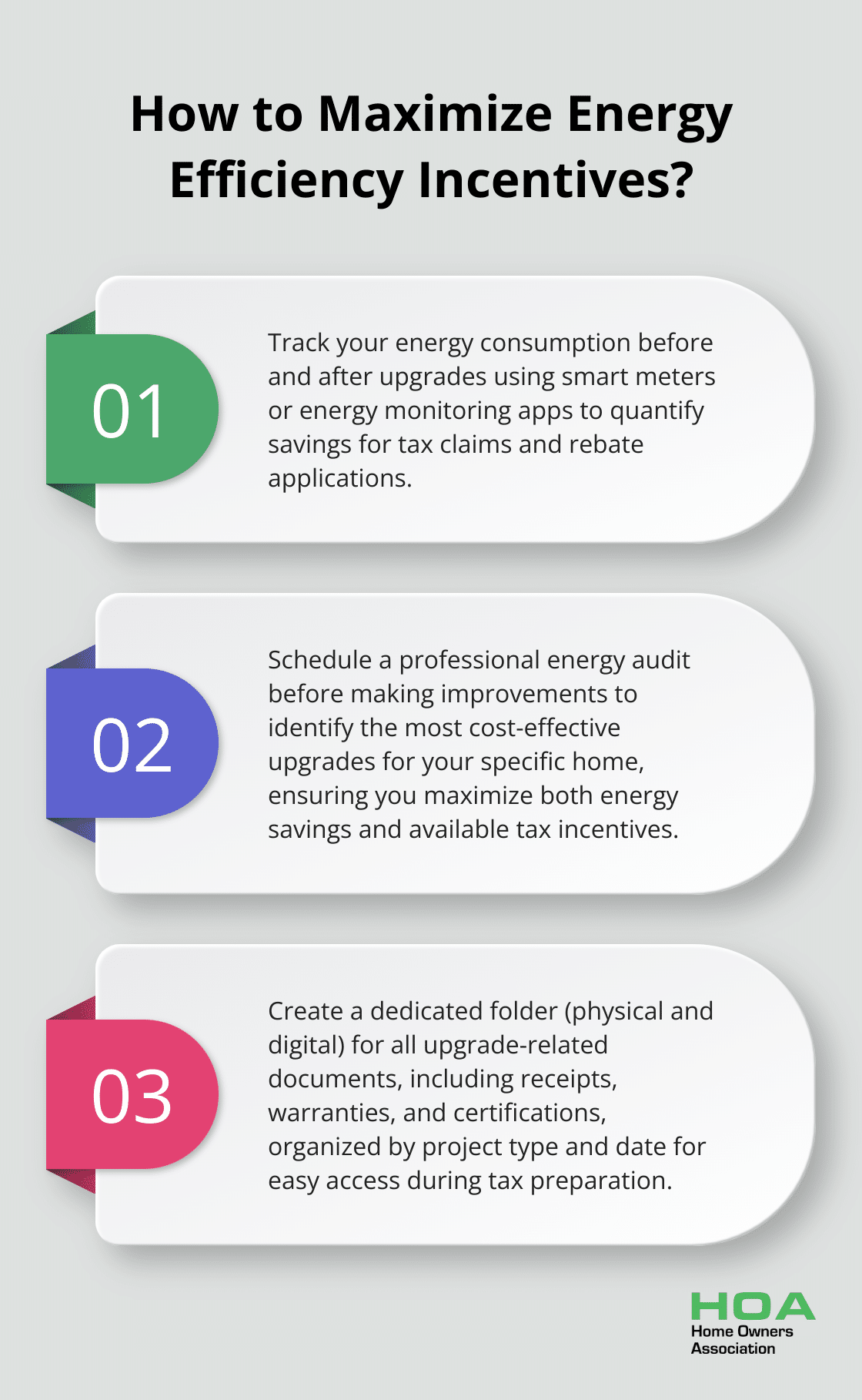
These upgrades not only benefit your finances but also contribute to a greener future for Australia. You will reduce your home’s energy consumption and play a part in lowering the country’s overall carbon emissions. The increased comfort and potential boost in property value make energy-efficient improvements a smart investment.
We at Home Owners Association encourage you to start your journey towards a more energy-efficient home. Our team in Melbourne, Australia, supports you with expert advice, access to trade pricing, and personalized guidance throughout your home improvement projects. You can make informed decisions that lead to successful and cost-effective upgrades by leveraging our resources and the available tax incentives.





